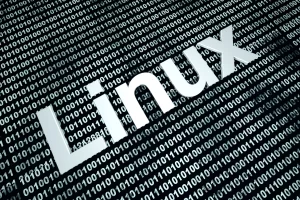The Intersection of Technology and Sustainability: Green IT Solutions
The Environmental Impact of Information Technology Information technology has become an integral part of our lives, but it also has a significant environmental impact. From the manufacturing of devices to their usage and disposal, every stage of the IT lifecycle contributes to greenhouse gas emissions, energy consumption, and electronic waste. Recognizing this, businesses and individuals are seeking sustainable alternatives to mitigate these environmental effects.
What is Green IT? Green IT refers to the practice of designing, manufacturing, and using information technology in an environmentally responsible manner. It involves adopting energy-efficient hardware, optimizing data center operations, implementing recycling and disposal programs, and promoting sustainable computing practices. Energy Efficiency in IT Infrastructure One of the key pillars of Green IT is energy efficiency.
Data centers, which are the backbone of modern computing, consume enormous amounts of electricity. By adopting energy-efficient servers, cooling systems, and power management techniques, organizations can significantly reduce their carbon footprint while saving on operational costs. Virtualization and Cloud Computing Virtualization and cloud computing technologies offer tremendous opportunities for green computing. By consolidating multiple servers into a single physical server through virtualization, companies can reduce power consumption and hardware requirements.
Cloud computing allows for resource sharing, scalability, and on-demand provisioning, resulting in more efficient resource utilization and reduced energy consumption. Sustainable Hardware Design Manufacturing electronic devices involves the extraction of raw materials, energy consumption, and the generation of electronic waste. Green IT encourages the design of hardware that minimizes environmental impact. This includes using recyclable materials, reducing hazardous substances, and promoting product longevity through modular designs and upgradability.
E-waste Management and Recycling Electronic waste poses a significant environmental challenge due to its toxic components and improper disposal. Green IT promotes responsible e-waste management through recycling programs, proper disposal methods, and initiatives to extend the lifespan of devices. Additionally, refurbishing and reusing older equipment can help reduce the demand for new devices. Sustainable Computing Practices Individuals can contribute to Green IT by adopting sustainable computing practices.
This includes powering off devices when not in use, utilizing power-saving features, reducing printing, and opting for electronic documentation. By raising awareness and encouraging responsible behavior, we can collectively make a positive impact. Innovative Green IT Solutions Numerous innovative Green IT solutions are emerging, showcasing the potential for sustainable technology. For example, energy harvesting techniques, such as using solar panels to power devices, can reduce reliance on conventional energy sources.
Additionally, smart grids and intelligent energy management systems enable better control and optimization of energy consumption. The intersection of technology and sustainability offers a promising path towards a greener and more sustainable future. Green IT solutions provide opportunities to reduce energy consumption, minimize electronic waste, and adopt more environmentally friendly computing practices. By embracing these solutions at both the individual and organizational levels, we can mitigate the environmental impact of information technology while promoting sustainable development. As technology continues to evolve, it is crucial to prioritize sustainability and integrate green principles into our IT infrastructure and practices. Together, we can harness the power of technology to create a more sustainable world for generations to come.



































